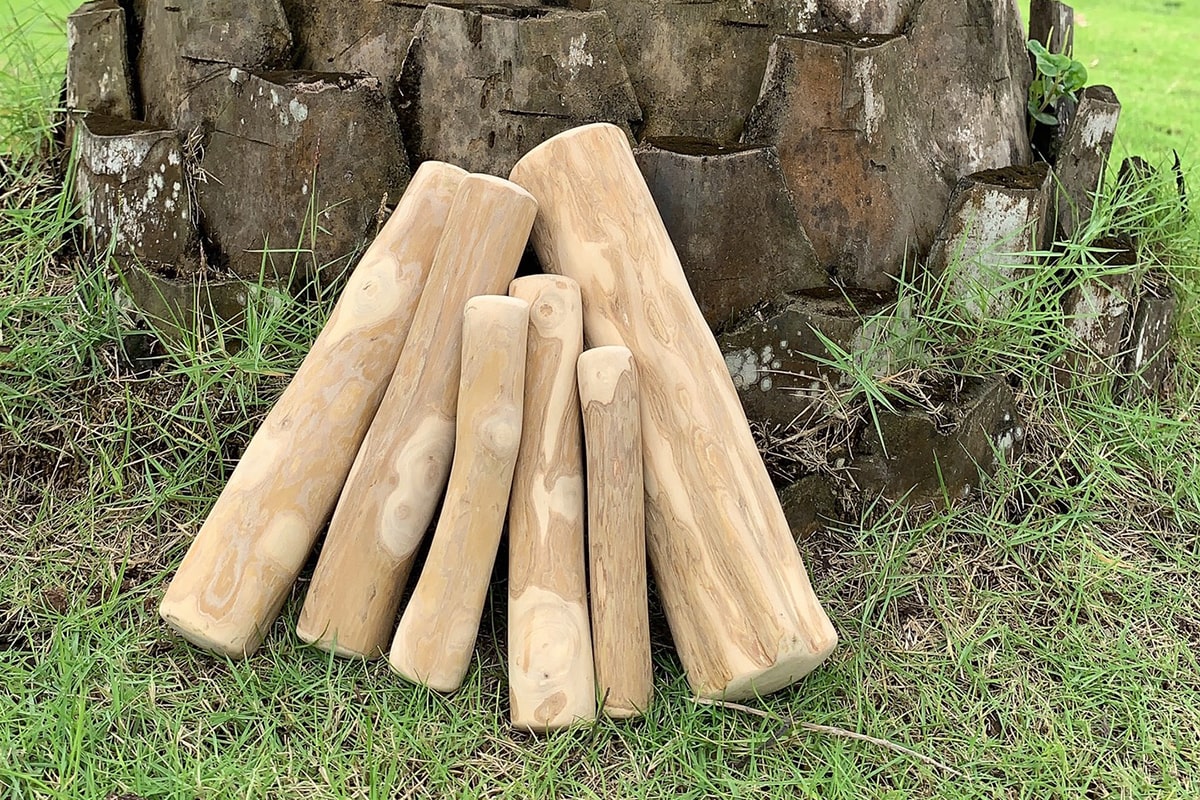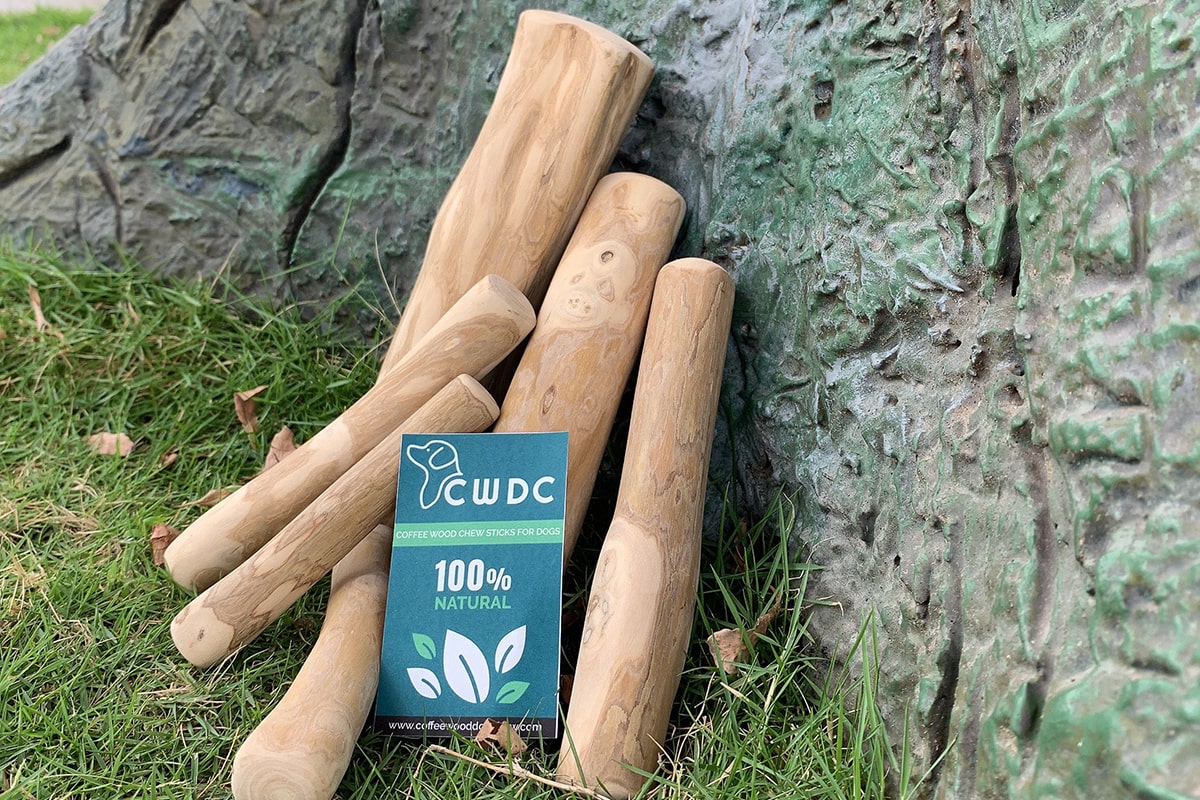For dogs, chewing isn’t just a pastime; it’s a natural instinct. Chewing provides relief from boredom, reduces stress, and aids in maintaining dental health. With the ever-evolving pet industry, a plethora of chew materials are now available, ranging from traditional options like rawhide to innovative alternatives like coffee wood.
For dog owners, finding the right chewing material for their furry friend is paramount. Given the plethora of options available today, it’s crucial to understand the pros and cons of each to make an informed choice. Let’s delve into a comparative analysis of popular dog chewing materials:
1. Rawhide:
A long-standing favorite, rawhide is derived from the innermost layer of cow or horse hides. Although it’s a hit among many canines, it’s not without its drawbacks. Some dogs might choke on smaller pieces, and others could suffer from digestive issues. Furthermore, the chemical processing of certain rawhides makes them a less-than-perfect choice.
- Pros: Widely available, rawhide satisfies a dog’s urge to chew and can keep them occupied for hours.
- Cons: Some rawhides are processed with chemicals. They can pose choking hazards if large pieces are torn off. Additionally, they may cause digestive issues if ingested in large amounts.
2. Natural Bones:
Offering a seemingly natural chew experience, bones have been in the canine world for ages. However, their risks overshadow their benefits. Both raw and cooked bones can splinter, potentially leading to internal injuries. Also, exceptionally hard bones can result in dental fractures.
- Pros: Being natural, they can provide essential nutrients and are often loved by dogs for their taste.
- Cons: They can splinter, especially when cooked, leading to potential choking hazards or digestive blockages. Hard bones might also lead to dental fractures.
3. Rubber and Plastic Toys:
For dog owners seeking a non-edible solution, rubber and plastic toys serve as a decent alternative. Yet, they miss offering the authentic chewing feel of organic materials.
- Pros: These synthetic chews are designed to be durable, making them suitable for aggressive chewers. Many of these toys can be stuffed with treats, increasing their appeal.
- Cons: They don’t offer the same natural chewing experience. Over time, aggressive chewers might wear them down, and if ingested, they could lead to intestinal blockages.
4. Antlers and Horns:
- Pros: Extremely durable, they can last for weeks or even months. They’re also rich in minerals.
- Cons: Due to their hardness, they can pose a risk for dental fractures in aggressive chewers.
5. Vegetable-Based Chews:
- Pros: These offer a vegetarian alternative and can be digestible. They often come enriched with vitamins and minerals.
- Cons: They may not be as durable as other materials and might not appeal to all dogs.
6. Rope Toys:
- Pros: Great for playing tug-of-war, they can also act as a dental floss, helping to clean between teeth.
- Cons: If shredded, ingesting the fibers can lead to digestive issues.
7. Coffee Wood Chews:
- Pros: Made from the branches of coffee plants, these are all-natural and don’t contain any chemicals. They’re durable, wear down slowly, and their hard texture can help with dental health. Additionally, using coffee wood is an eco-friendly approach, reducing waste from coffee production.
- Cons: Being relatively new to the market, they might be less readily available than more traditional options.
Conclusion:
Choosing the right chew for your dog is a blend of understanding their chewing habits, their health, and the benefits and potential risks of each material. It’s always advisable to supervise your dog during chew time and regularly inspect toys for wear and tear.
While there’s no one-size-fits-all solution when it comes to dog chews, it’s evident that the rising star in today’s market is coffee wood chew. Its blend of sustainability, safety, and health benefits makes it an attractive option for today’s discerning pet owners.
Related Posts:
- How Coffee Wood Dog Chews Compare to Other Natural Dog Chews
- Java Wood vs. Other Types of Bird Stands: Which One is Best?
- Are coffee wood chews safe for dogs ? A Comprehensive Look
- Coconut Coir Bones vs. Traditional Dog Chews: Which Is Better?
- Why Do Dogs Chew on Furniture, Shoes, and Other Household Items?
- Identifying Safe and Unsafe Wood Chews for Your Dog









